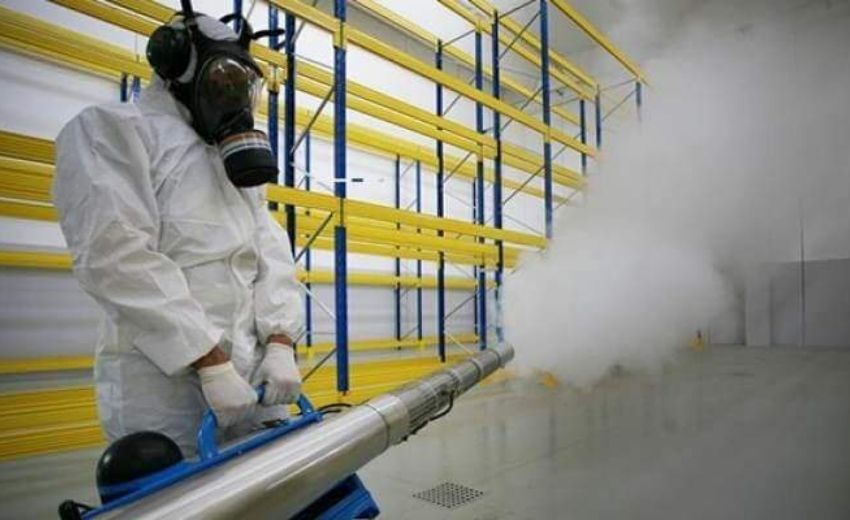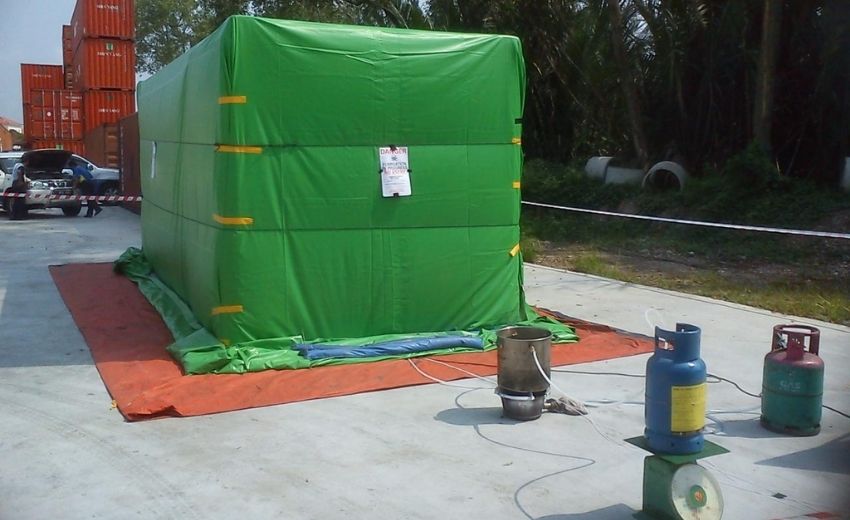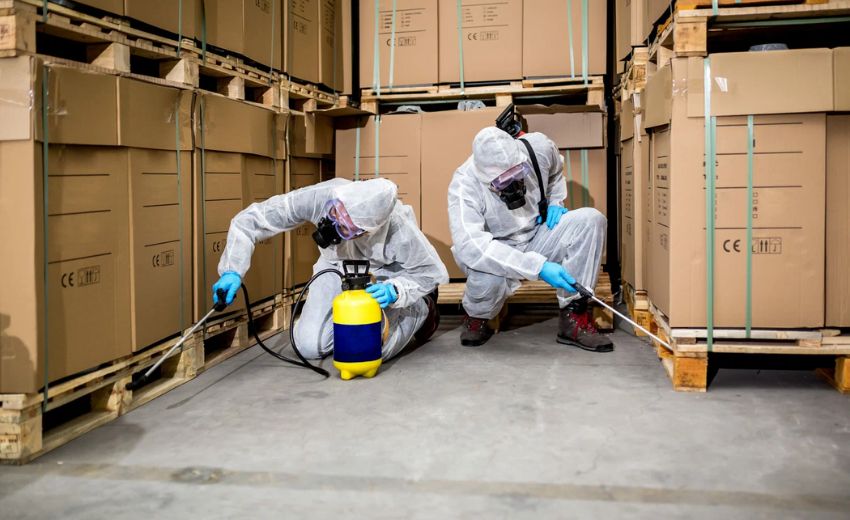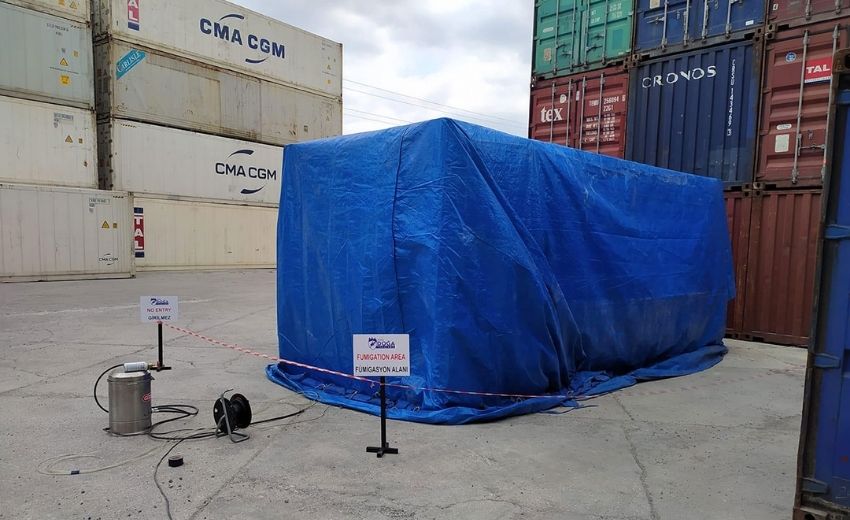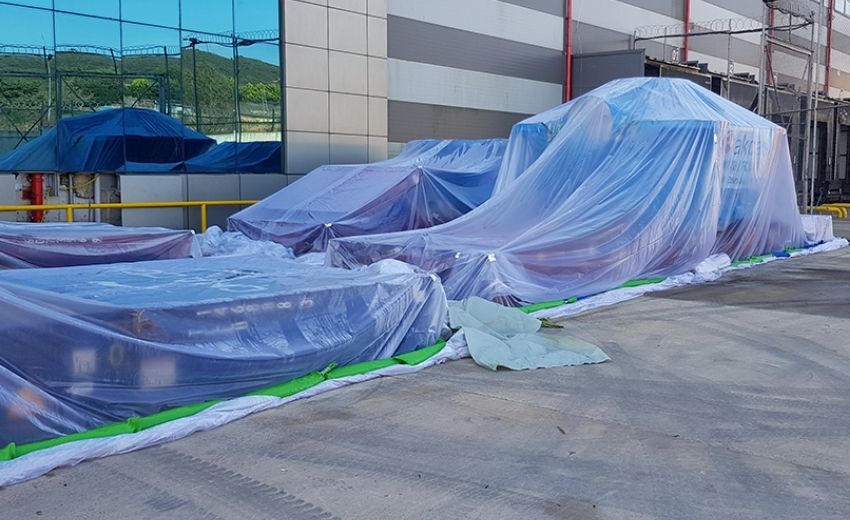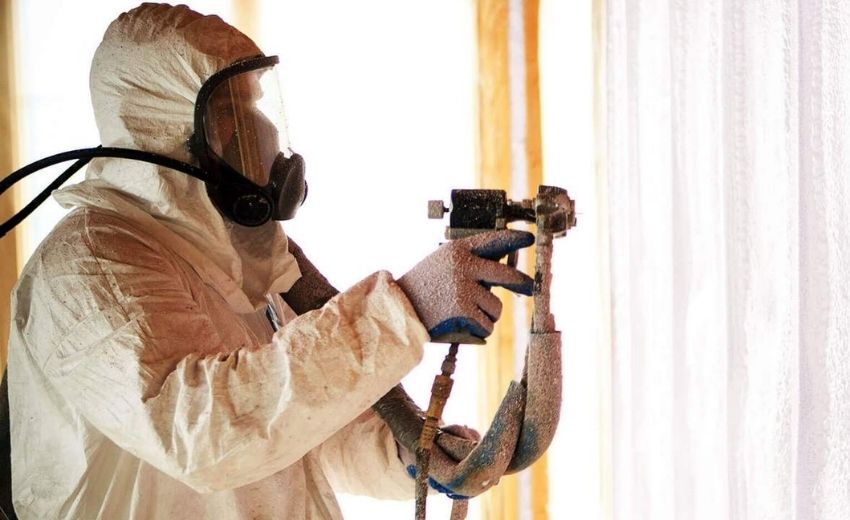Fumigation Process Risks
I. Introduction
Fumigation is a widely used method to eliminate pests and harmful organisms. However, the process carries significant risks that must be managed to protect human health, the environment, and operational efficiency. This article explores the risks associated with the fumigation process, the potential hazards, risk management strategies, safety measures, and proposed solutions for mitigating these risks.
II. Categories of Fumigation Risks
Fumigation risks can generally be classified into several categories:
- Chemical Risks: The use of fumigants (such as methyl bromide, phosphine) can cause toxic effects through inhalation, skin contact, or eye exposure.
- Environmental Risks: Improper handling or disposal of chemicals may lead to air, water, and soil contamination.
- Human Health Risks: Exposure during fumigation can result in acute or chronic poisoning, allergic reactions, and other health issues for workers.
- Operational Risks: Inadequate application, equipment failures, or insufficient training can result in ineffective fumigation, potentially compromising product quality.
III. Chemical Risks and Their Effects
Chemical risks form the primary concern in fumigation:
- Toxicity: Exposure to fumigants can result in severe poisoning through inhalation or direct contact.
- Flammability and Explosiveness: Certain fumigants have flammable or explosive properties, necessitating strict storage and handling protocols.
- Dosage Errors: Incorrect dosing can lead to undesired chemical reactions and environmental pollution.
IV. Environmental Risks
Fumigation processes may also have significant environmental impacts:
- Air Pollution: Fumigant vapors released during application can degrade air quality if not properly contained.
- Soil and Water Contamination: Inadequate disposal of chemical residues can result in contamination of groundwater and soil.
- Ecosystem Disruption: The inadvertent effects of fumigants may harm non-target species and disrupt local ecosystems.
V. Human Health and Operational Risks
- Exposure and Health Issues: Workers exposed to fumigants without proper personal protective equipment (PPE) are at risk for respiratory and skin diseases.
- Training Deficiencies: Inadequate training of personnel can lead to improper fumigation techniques and accidents.
- Equipment Failures: Malfunctioning or poorly maintained equipment can reduce the efficacy of fumigation and lead to unintended consequences.
VI. Risk Management and Safety Measures
To mitigate the risks associated with fumigation, the following strategies should be implemented:
- Appropriate Chemical Selection and Dosage: Careful selection of the fumigant, along with strict adherence to recommended dosages and application times, is critical.
- Use of Personal Protective Equipment (PPE): All personnel involved must wear proper PPE, including masks, gloves, and protective clothing.
- Comprehensive Training and Certification: Regular training sessions and certification of staff are essential to ensure safe fumigation practices.
- Emergency Response Plans: Detailed protocols for handling accidental exposures or chemical spills should be in place.
- Environmental Monitoring: Continuous monitoring of air, water, and soil quality during and after fumigation helps to ensure that any contamination is detected and addressed promptly.
VII. Future Perspectives and Innovative Solutions
Advances in technology offer promising solutions for reducing fumigation risks:
- Automated Monitoring Systems: Integration of sensors and IoT devices allows real-time monitoring of chemical concentrations and environmental conditions, enabling rapid intervention when necessary.
- AI-Based Risk Analysis: The use of big data analytics and artificial intelligence can help predict potential hazards and optimize fumigation parameters for improved safety.
- Biological Fumigation Alternatives: Research into bio-fumigants and other environmentally friendly methods offers alternatives that reduce reliance on harmful chemicals.
- Improved Application Technologies: Innovations in equipment and delivery systems can enhance the precision and uniformity of fumigant distribution, minimizing wastage and risk.
VIII. Conclusion
Fumigation is an essential tool in pest and pathogen control, but its associated risks must be carefully managed. Through proper chemical selection, rigorous training, use of protective equipment, and effective emergency planning, these risks can be minimized. Future technological advancements promise to further enhance the safety and sustainability of fumigation practices, ensuring that the process remains both effective and responsible.
